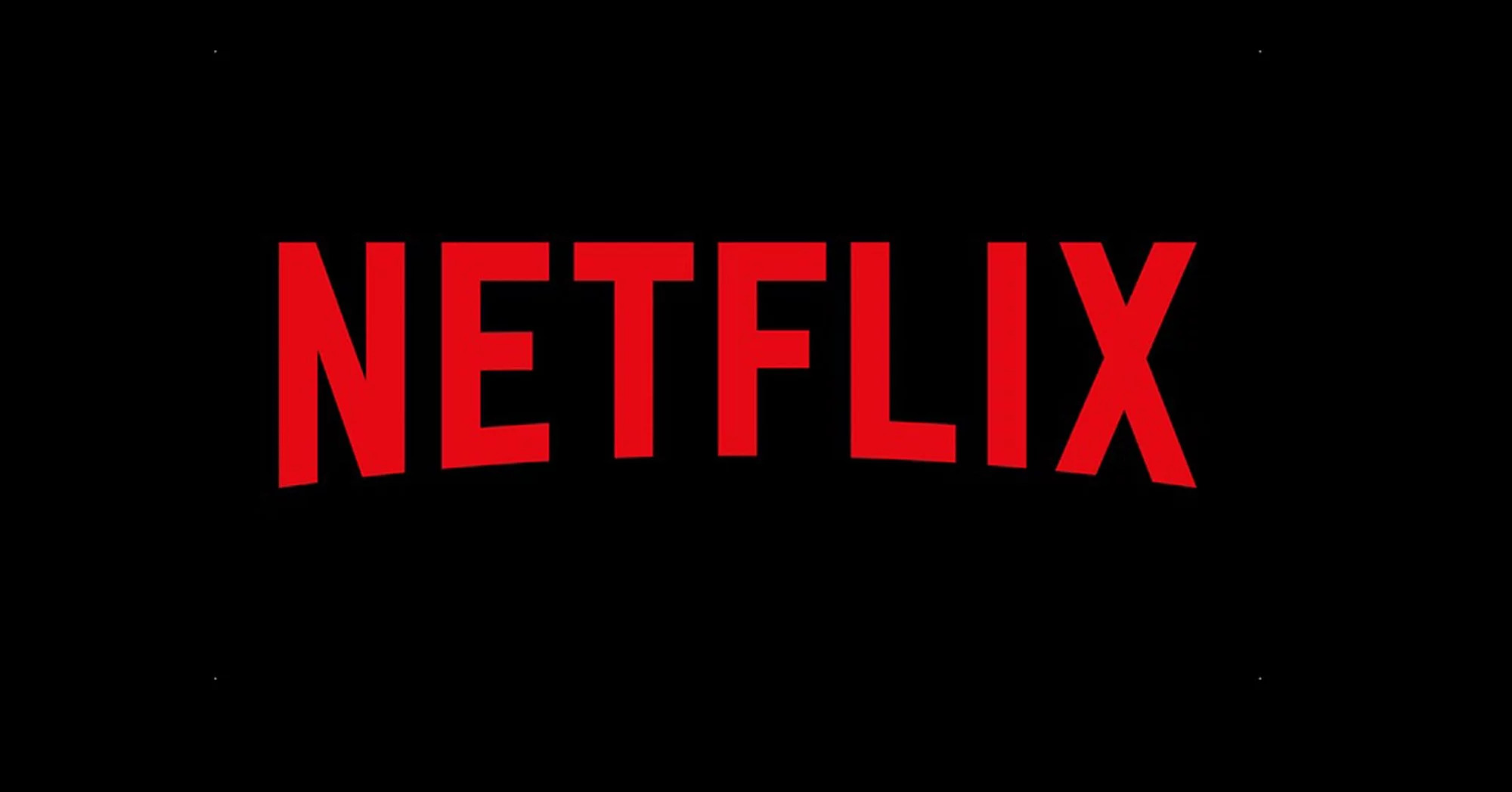
After more than 40 years of operation, DTVE is closing its doors and our website will no longer be updated daily. Thank you for all of your support.
Netflix’s ‘poor’ results serve as reflection of pull-forward pandemic and a competitive streaming landscape

On paper, missing a subscriber target by 100,000 internationally doesn’t seem like much in the grand scheme of things when you’ve already got over 200 million paying customers, but Netflix’s marginally worse than expected Q4 2021 results have sent investors reeling.
Announcing its results, the SVOD leader revealed additions of 8.3 million net new customers for the quarter against analyst predictions of between 8.4 – 8.7 million. This represented a total addition of 18 million new subscribers for 2021.
By comparison, Netflix added more than double that – 37 million – in 2021. So with the streamer experiencing a massive comedown from that high, investor apprehension is somewhat understandable, if undeserved.
In response to the results, Netflix’s share price dipped from $508 to $408 in after-hours trading in a move which wiped US$45 billion (that’s billion with a b) off Netflix’s market cap. Painful reading for the co-CEO pairing of Ted Sarandos and Reed Hastings, to be sure.
The news contrasts against rivals like HBO Max which have performed better than expected during the same period of time.
While disappointing on paper and from a financial perspective, a slowdown for the streamer is understandable and – dare I say – expected.
Context is key
Suffice to say that these are not normal times, nor have they been since the beginning of 2020.
The Covid-19 pandemic has radically shifted not only the ways in which we lead our lives, but also the nature of our video content consumption. This much is shown by the explosive growth of streaming services across the board over the past two years.
Disney+, which first launched in the US months prior to the pandemic, hit 118 million subscribers in Q3 2021 while the company as a whole surpassed 100 million subscribers in the US alone in Q4.
Despite pandemic surges over the past 12 months as a result of covid variants and the temporary reinforcement of restrictions to daily life, Europeans in January 2022 are not quite as housebound as they were this time last year or in mid-2020. A streaming decline from that peak was always inevitable.
Early pandemic hits like Tiger King and Love is Blind served as a respite from the reality facing the world outside of their front doors, but Netflix had always warned that its positive results in the pandemic – such as the 16 million adds in Q1 2020 – would be temporary.
Back then, Hastings warned: “Hopefully, progress against the virus will allow governments to lift the home confinement soon. As that happens, we expect viewing and growth to decline.”
And decline it has, but Netflix has evidently still remained on a course of growth and has done well to avoid churn; it is clearly holding onto most of those pandemic sign-ups.
The specific term the company used in its communications was a pull-forward effect, something which was referenced in previous quarters when numbers dipped.
Netflix is not alone in its recent struggles. Disney also has seen growth slow, but whether it is due to its top-tier stature or the exposure it was given at the beginning of the pandemic, Netflix’s plight has been much more visible.
What next for Netflix?
The reality for Netflix is that it is no longer alone at the top of the tree. Rightly or wrongly (and I wrote several hundred words on why it is more along the lines of the latter), but there are several legitimate players who will look to be at the top of the tree in the coming years. A recent report, for example, boldly predicted that Disney+ would overtake Netflix by 2027. Other business developments – such as WarnerMedia’s planned merger with Discovery – will similarly have an impact on how the streaming landscape evolves.
Part of the way that Netflix is looking to combat waning subscriber growth and ever-increasing production budgets is by upping its subscription prices. This is what we saw earlier this week in North America where a standard subscription now costs the same as HBO Max – previously the high watermark for SVOD prices.
This in turn serves as a means of pumping up the average revenue per user (ARPU) without having to drastically increase the actual number of subscribers. Subscriber numbers are ultimately what grab headlines, but in terms of improving the bottom line ARPU is arguably just as important.
However, the most integral part of Netflix’s continued success will be its content slate. Netflix will hope that the eagerly awaited return of shows like Stranger Things and The Crown along with new series and movies will combat churn and entice new subscribers, particularly as its rivals continue to launch their own originals and seize back rights to popular titles.
Netflix is also increasingly looking to the international stage in this regard. The success of the now concluded La Casa del Papel has seen the company invest heavily in Spanish productions, while the company also this week revealed a slate of 25 Korean series that will hope to capture a fraction of the attention of 2021’s phenomenon Squid Game (which itself is being turned into a whole ‘universe’ of sequels and spin-offs).
All of this is without mentioning Netflix’s other pursuits, such as its fledgling videogames business which we will likely see more of in the coming months and years.
While spirits Netflix may be down from its latest results and subsequent financial fallout, the streamer is by no means out. It is still – by far – the largest SVOD service on the planet, but it should not rest on its laurels.
For a long time, probably too long, Netflix was essentially a monolith in the streaming space. Increased competition from the likes of Disney, Amazon, WarnerMedia, NBCUniversal and ViacomCBS will only prove a good thing for consumers who want to watch quality shows and movies, and for the content production industry.
Netflix is facing a future where it may no longer be the default SVOD that most consumers subscribe to and base their streaming habits on, but for the industry as a whole that is not necessarily a bad thing.




